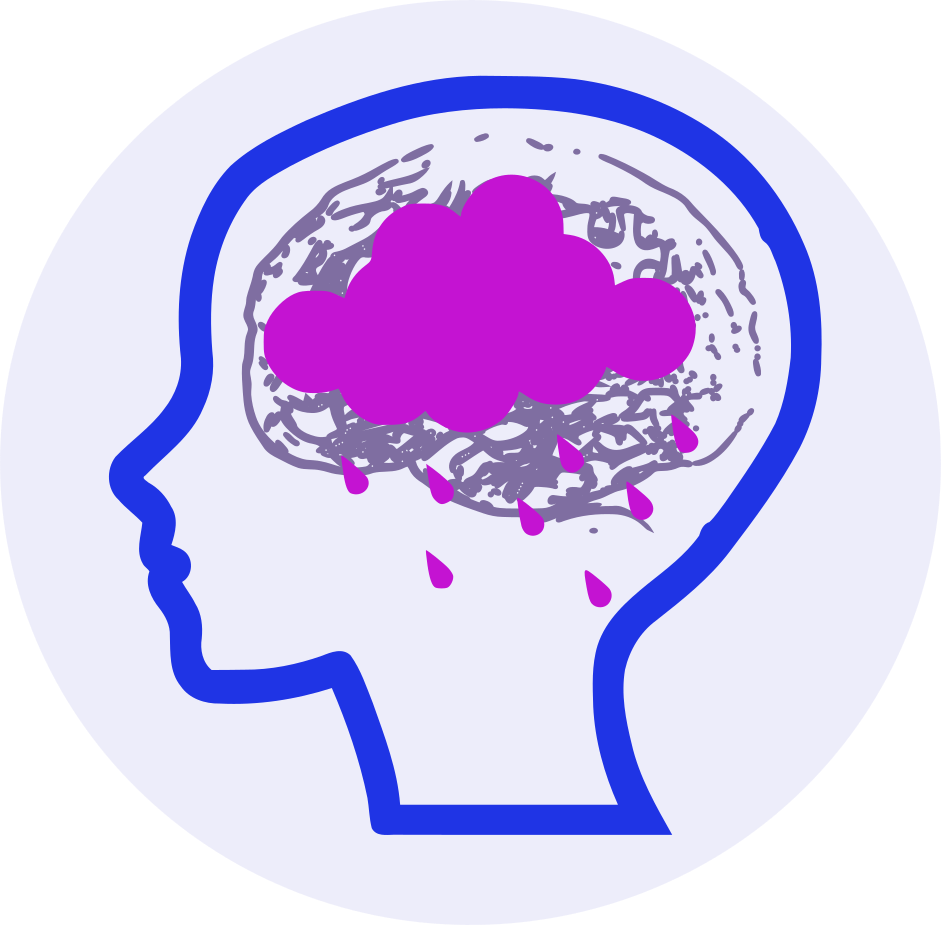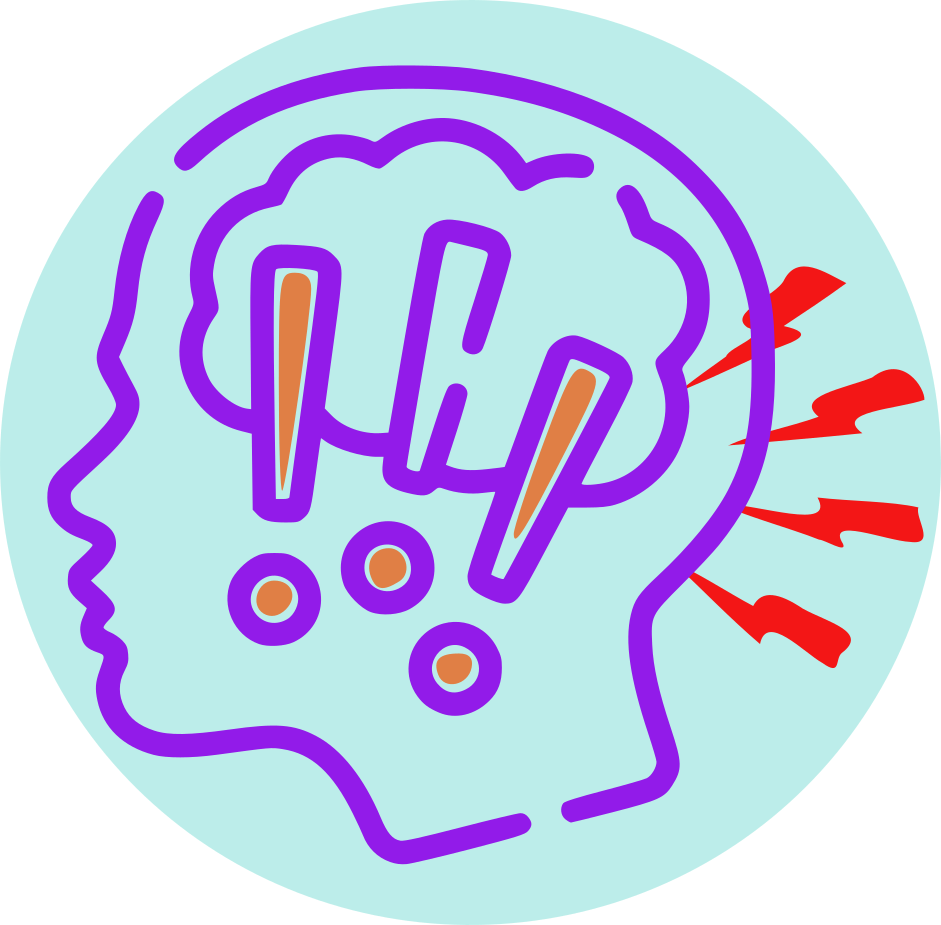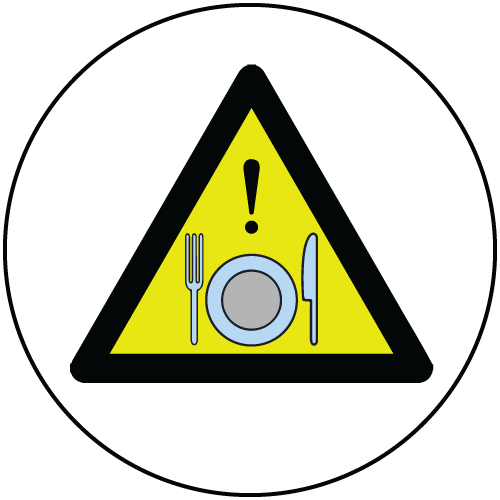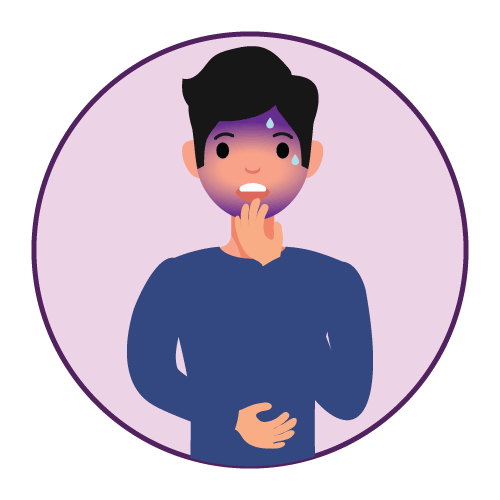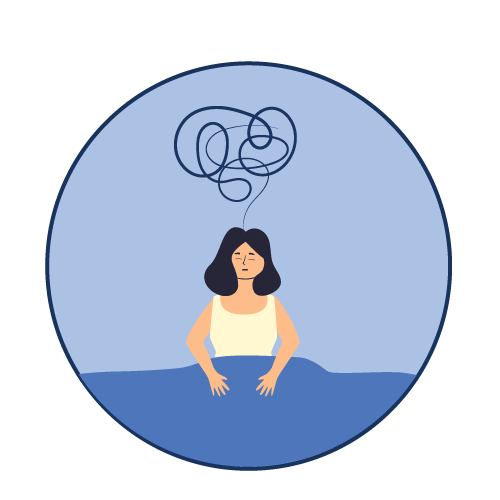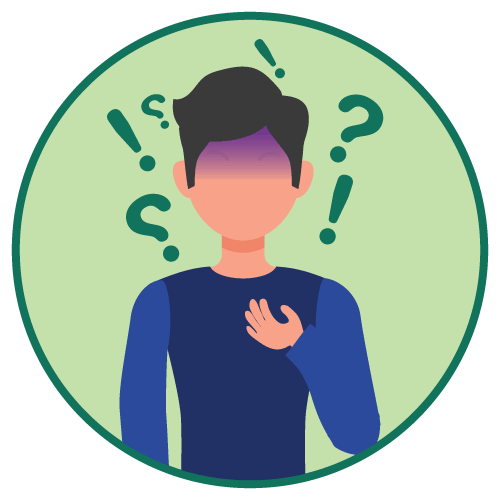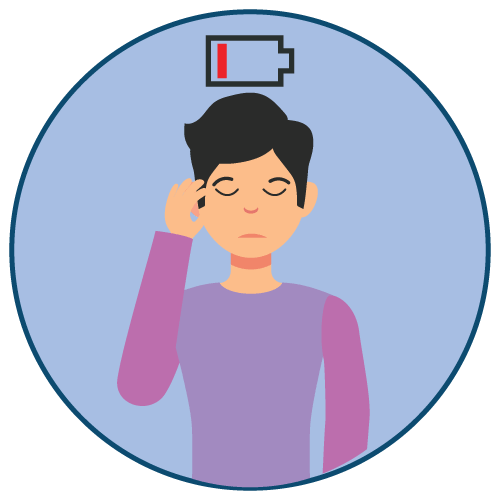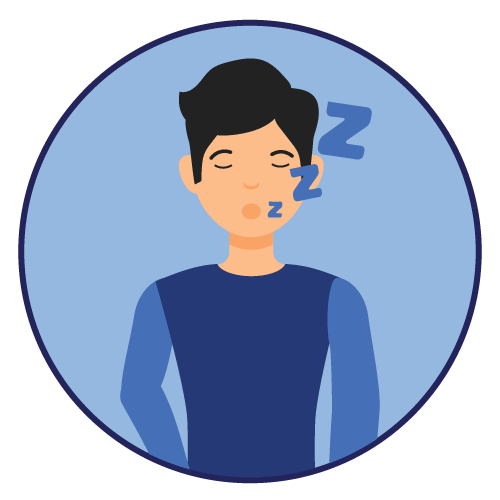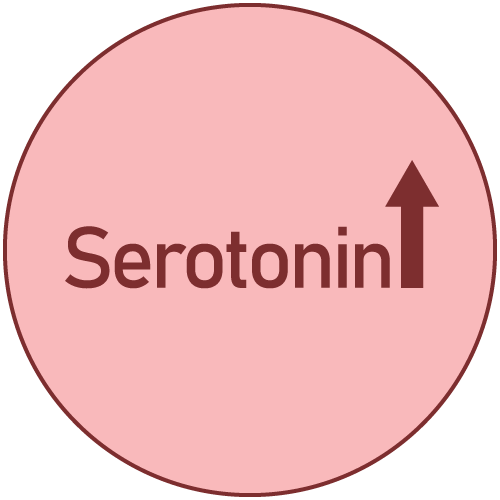| Name | Fluoxetine |
| Classes |
Central Nervous System Agent Psychotherapeutic Agent Serotonin Reuptake Inhibitor (SRI) |
| Diseases |
CNS Disorder Depression |
Fluoxetine
Fluoxetine is a selective serotonin reuptake inhibitor that is used orally (SSRI). Fluoxetine's antidepressant mechanism is thought to be linked to potentiation of serotonergic activity in the central nervous system (CNS) as a result of its suppression of serotonin neuronal reuptake (5-HT).
Fluoxetine is indicated for the treatment of:
- Acute and maintenance treatment of Major Depressive Disorder
- Acute and maintenance treatment of obsessions and compulsions in patients with Obsessive Compulsive Disorder (OCD)
- Acute and maintenance treatment of binge-eating and vomiting behaviors in patients with moderate to severe Bulimia Nervosa
- Acute treatment of Panic Disorder, with or without agoraphobia
Major Depressive Disorder:
- Adults: 20 mg/day in am (initial dose)
- Pediatric:10 to 20 mg/day (initial dose)
Obsessive Compulsive Disorder:
- Adults: 20 mg/day in am (initial dose)
- Pediatric:10 to 20 mg/day (initial dose)
Bulimia Nervosa:
- Adults: 60 mg/day in the morning.
Panic Disorder:
- Adults: 10 mg/day (initial dose)
The commonly reported side effects associated with fluoxetin are-
- abnormal dreams
- abnormal ejaculation
- anorexia
- anxiety
- asthenia
- diarrhea
- dry mouth
- dyspepsia
- flu syndrome
- impotence
- insomnia
- libido decreased
- nausea
- nervousness
- pharyngitis
- rash
- sinusitis
- somnolence
- sweating
- tremor
- vasodilatation
- yawn
- Suicidal Thoughts and Behaviors in Children, Adolescents, and Young Adults: Monitor for clinical worsening and suicidal thinking and behavior
- Serotonin Syndrome: Serotonin syndrome has been reported with SSRIs and SNRIs, including Fluoxetine, both when taken alone, but especially when co-administered with other serotonergic agents (including triptans, tricyclic antidepressants, fentanyl, lithium, tramadol, tryptophan, buspirone, amphetamines, and St. John’s Wort). If such symptoms occur, discontinue Fluoxetine and initiate supportive treatment. If concomitant use of Fluoxetine with other serotonergic drugs is clinically warranted, patients should be made aware of a potential increased risk for serotonin syndrome, particularly during treatment initiation and dose increases.
- Allergic Reactions and Rash: Discontinue upon appearance of rash or allergic phenomena
- Activation of Mania/Hypomania: Screen for Bipolar Disorder and monitor for mania/hypomania
- Seizures: Use cautiously in patients with a history of seizures or with conditions that potentially lower the seizure threshold
- Altered Appetite and Weight: Significant weight loss has occurred
- Abnormal Bleeding: May increase the risk of bleeding. Use with NSAIDs, aspirin, warfarin, or other drugs that affect coagulation may potentiate the risk of gastrointestinal or other bleeding
- Angle-Closure Glaucoma: Angle-closure glaucoma has occurred in patients with untreated anatomically narrow angles treated with antidepressants.
- Hyponatremia: Has been reported with Fluoxetine in association with syndrome of inappropriate antidiuretic hormone (SIADH). Consider discontinuing if symptomatic hyponatremia occurs
- Anxiety and Insomnia: May occur
- QT Prolongation: QT prolongation and ventricular arrhythmia including Torsades de Pointes have been reported with Fluoxetine use. Use with caution in conditions that predispose to arrhythmias or increased fluoxetine exposure. Use cautiously in patients with risk factors for QT prolongation
- Potential for Cognitive and Motor Impairment: Has potential to impair judgment, thinking, and motor skills. Use caution when operating machinery
- Long Half-Life: Changes in dose will not be fully reflected in plasma for several weeks
- Fluoxetine and Olanzapine in Combination: When using Fluoxetine and olanzapine in combination, also refer to the Warnings and Precautions section of the package insert for olanzapine
Contraindication
- Do not use MAOIs intended to treat psychiatric disorders with Fluoxetine or within 5 weeks of stopping treatment with Fluoxetine. Do not use Fluoxetine within 14 days of stopping an MAOI intended to treat psychiatric disorders. Examples of MAOI are-
- Do not administer fluoxetine in a patient who is being treated with linezolid or intravenous methylene blue.
- Concomitant use with pimozide is contraindicated.
- Concomitant use with Thioridazine is contraindicated.
None known.
Contraindicated in patients with serotonin syndrome.
 Bangla
Bangla English
English